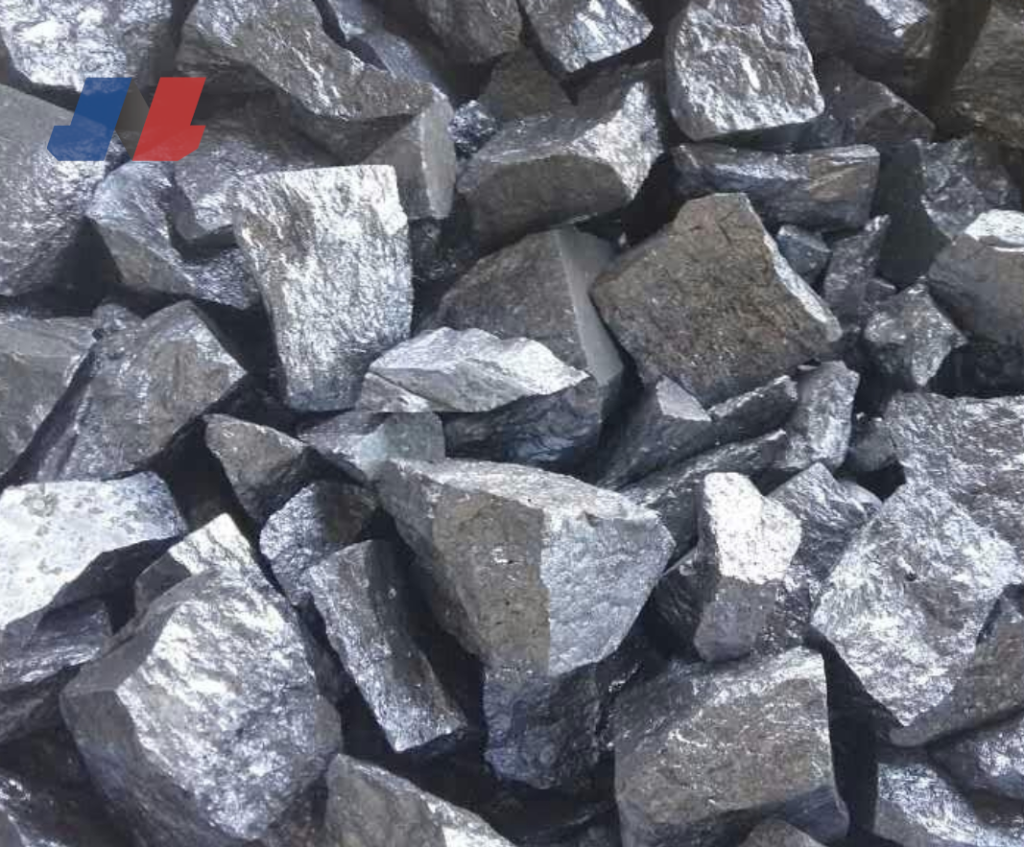High Carbon Ferro Chrome
In contemporary era, more and more steel mills start to produce some special steel such as ball steel, high steel, etc using high carbon ferro chrome. When it comes to high carbon ferro chrome, we have to talk about its application. It mainly used not only as alloying agent, raw material for low carbon ferro chrome but also in casting industry.

Generally speaking, raw material of high carbon ferro chrome is chromium ore. Unfortunately, China is not main producing area. It is mainly produced in South Africa, Kazakhstan and other countries. And chromium ore resource in China is depending on import from abroad excessively. Notwithstanding this, it does not affect the production of ferro chrome in China at all. Frankly speaking, production for ferrochrome in China is about half of yield in the world.
Submerged arc furnace is one of the most common equipment to produce ferrochrome (FeCr) all over the world. However, although it is common equipment, it also has a lot of problems when you use it, such as low chromium recovery, difficulty in slag extraction, high power consumption and so on. It has many factors to lead to these phenomena. As a leading ferroalloy producer, whatever ferrochrome (FeCr), ferro boron (FeB) or other ferroalloys, JINLI GROUP has been in this field for a long time with sufficient experience. In subsequent article, we will focus on influencing factors of high carbon FeCr.
Factors Affecting the Production of High Carbon Ferro Chrome
Electrical Conductivity
According to physical knowledge in junior high school we learned, we can clearly understand that resistivity is in direct proportion to resistance. Thus, when resistivity of charge is large, resistance is high, while, conductivity is low. It will cause low power input to reduction zone, meanwhile, it decreases reduction temperature, thereby Cr2O3 compound increased in the slag. And it will generate many problems. Vice versa.
Melting Properties
Frankly speaking, most of chromium exists in the slag with unmelted form. And it is wasteful for chromium.
Generally speaking, melting point is about 1500℃ for high carbon ferrochrome. However, people always try their best to consummate imperfect things, melting point is no exception. They find that it is easy to separate slag and iron under above 1650℃.
Smelting Temperature
In general, power consumption changes with temperature. With temperature of ferrochrome increased, chromium and silicon content fluctuates. To begin with, it grows to a certain extent. When temperature reaches threshold, then it converts to decline. According to many experimental data by researchers indicates, this threshold is 1650℃ approximately.






